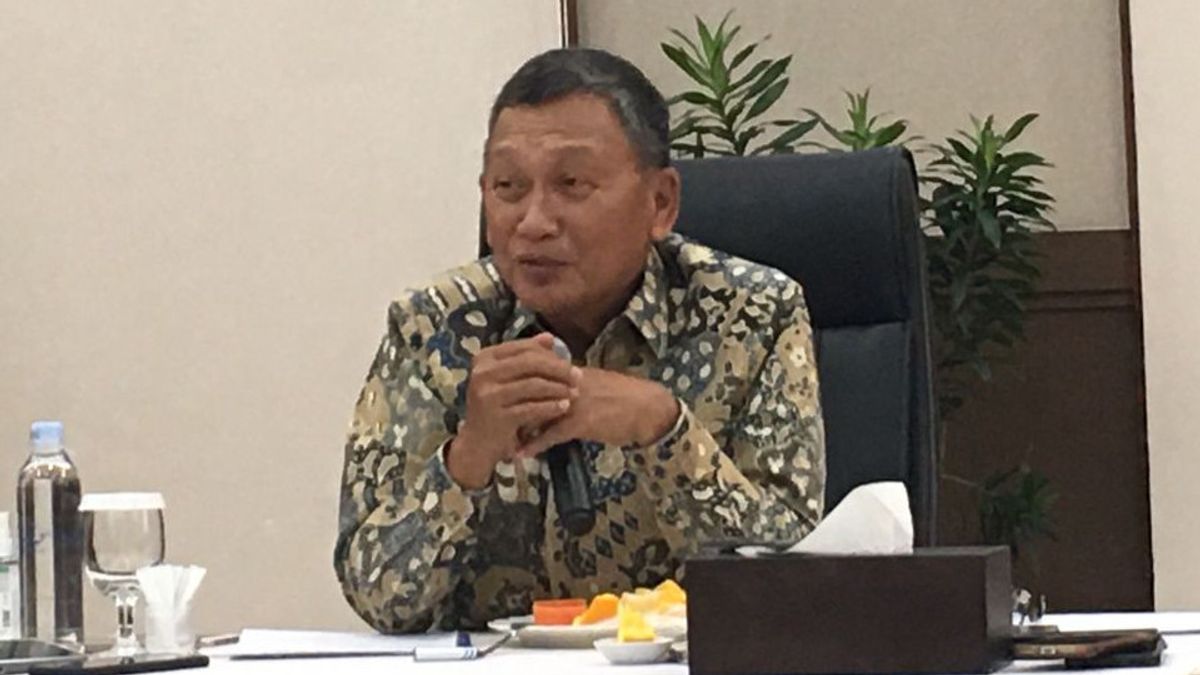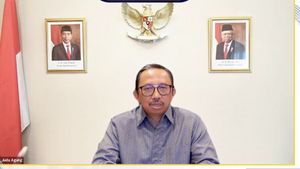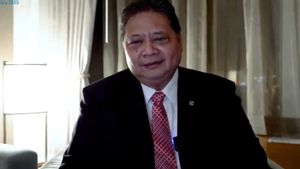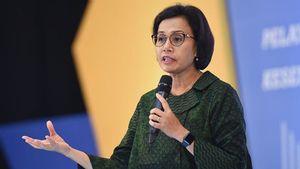JAKARTA - Minister of Energy and Mineral Resources (ESDM) Arifin Tasrif, at the implementation of the Energy Transition Council (ETC) Ministerial: Uniting Leaders, Catalyzing Finance, Emaging Clean Energy, the COP 28 Dubai series, said Indonesia had established an Enhanced-Nationally Determined Contribution (E-NDC).
Arifin explained that the E-NDC stated an increase in the carbon emission reduction target from 29 percent or 835 million tons of CO2 to 32 percent or 912 million tons of CO2 by 2030.
"As for the energy sector, Indonesia will increase the target of reducing emissions to 358 million CO2 by 2030, by developing renewable energy, energy efficiency, low-carbon fuel, and clean coal technology," Arifin said in a statement to the media, Wednesday, December 6.
In front of the ETC forum, Arifin said, Indonesia has a very large renewable energy potential, namely 3,687 gigawatts (GW).
Of this total, the potential for solar energy is the largest reaching 3,294 GW.
"Recognizing the need for utilization of renewable energy potential, recently we reached a new milestone by building a Cirata Floating Solar Power Plant (PLTS) with a capacity of 145 Megawatts, the largest in Southeast Asia," said Arifin.
The Cirata project, he said, has various objectives, including utilizing reservoir land from the Cirata Hydroelectric Power Plant (PLTA) to produce electricity independently and meet the increasing demand for renewable energy in the Java Island electricity system.
As a sign of commitment to fighting climate change, Indonesia has set an ambitious target to achieve Net Zero Emission by 2060 or sooner.
To achieve this target, the government plans to generate electricity of 708 GW, of which 96 percent come from renewable energy power plants, and the remaining 4 percent from nuclear power.
The investment needed for the construction of power plants and transmission is estimated at around 1.108 billion US dollars, with additional investments of 28.5 billion US dollars until 2060.
"Although there are many challenges in the future, and we also realize that there are obstacles to technology, supply chains, infrastructure, funding, and incentives. However, a just energy transition remains our top priority," said Arifin.
SEE ALSO:
In addition, in line with the latest regulations related to Energy Conservation, the obligation to expand energy management for annual energy users, with special restrictions set for the industrial sector of 4,000 (Ton Oil Equivalent/TOE), transportation of 4,000 TOE, and for the commercial sector of 500 TOE.
"Then, to further strengthen our commitment to energy efficiency, we have implemented the Minimum Energy Performance Standard and Energy Label policies for six main equipment: air conditioning, refrigerators, fans, LED lights, rice-doubling, and colded storefronts. These policies are expected to make a significant contribution to the achievement of the NDC target," concluded Arifin.
The English, Chinese, Japanese, Arabic, and French versions are automatically generated by the AI. So there may still be inaccuracies in translating, please always see Indonesian as our main language. (system supported by DigitalSiber.id)















